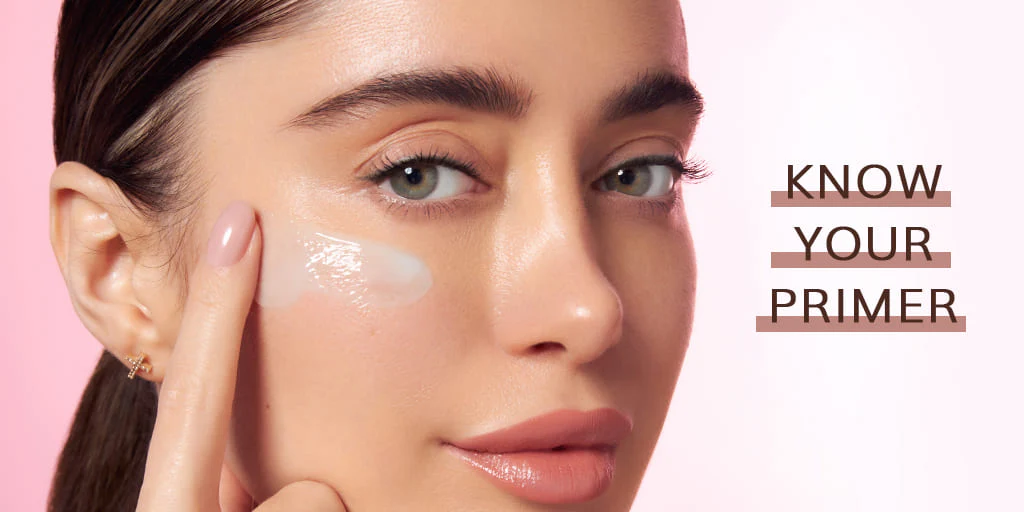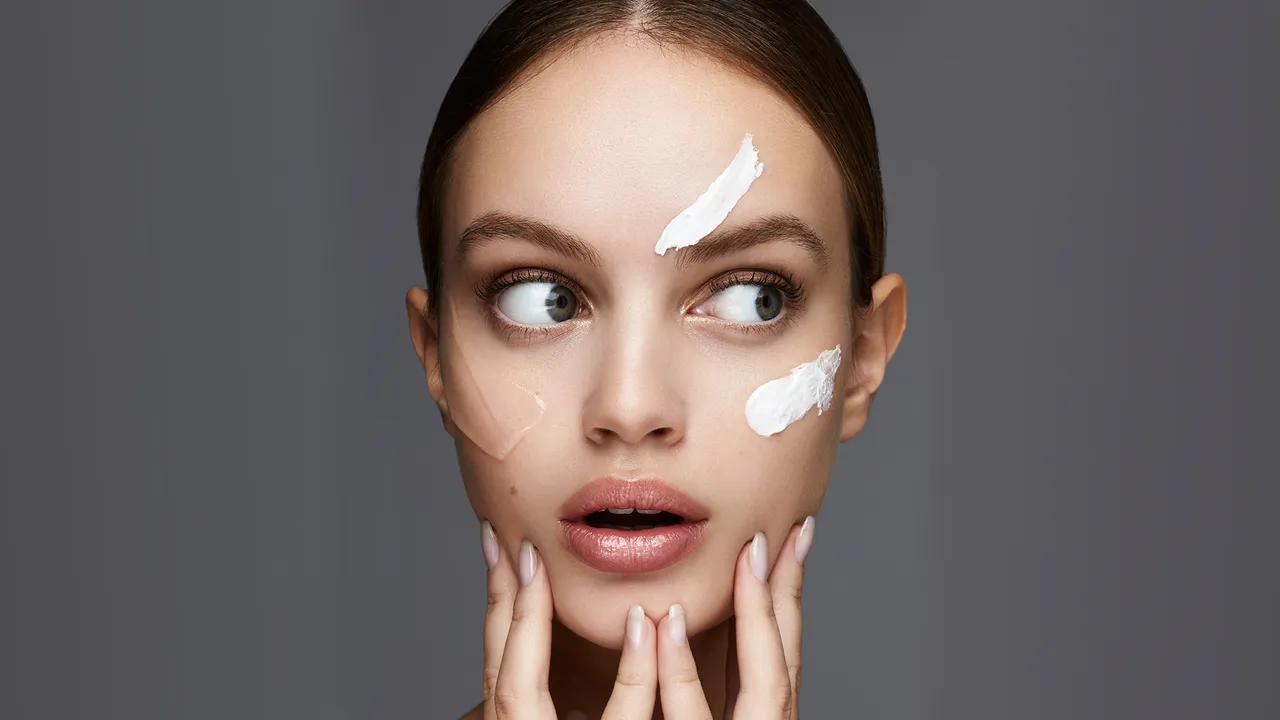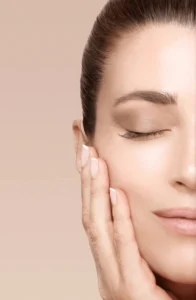Introduction
Primers have become an essential step in makeup and skincare routines, serving as the foundation for flawless and long-lasting applications. Whether you want to achieve a smooth base for foundation, minimize pores, or enhance skin hydration, primers play a crucial role. This comprehensive guide explores the different types of primers, their benefits, key ingredients, and expert application techniques.
What is a Primer?
A primer is a preparatory product applied to the skin before foundation or other makeup products to create a smooth and even base. Primers help to enhance the longevity of makeup, control excess oil, and improve the appearance of the skin. Available in various formulations, primers cater to different skin types and concerns.
Types of Primers
Primers come in various forms, each designed to address specific skin needs. Below are the most common types of primers:
1. Silicone-Based Primers
- Contain dimethicone or cyclopentasiloxane for a silky texture.
- Fill in pores and fine lines, creating a smooth surface.
- Best suited for normal to oily skin.
2. Water-Based Primers
- Lightweight and hydrating, ideal for dry and sensitive skin.
- Absorbs quickly without clogging pores.
- Provides a natural, dewy finish.
3. Mattifying Primers
- Control excess oil and shine.
- Ideal for oily and combination skin types.
- Often contain ingredients like kaolin clay or silica.
4. Hydrating Primers
- Contain ingredients such as hyaluronic acid and glycerin.
- Provide intense moisture, making them perfect for dry skin.
- Prevent foundation from clinging to dry patches.
5. Illuminating Primers
- Infused with light-reflecting particles for a radiant glow.
- Suitable for dull or mature skin.
- Can be worn alone for a subtle glow.
6. Color-Correcting Primers
- Designed to neutralize discoloration and redness.
- Green primers counteract redness.
- Purple primers brighten dull complexions.
- Yellow primers even out skin tone.
7. Pore-Filling Primers
- Specifically designed to minimize the appearance of large pores.
- Usually silicone-based for a blurring effect.
- Helps foundation glide on smoothly.
8. Anti-Aging Primers
- Contain antioxidants, peptides, and SPF for added protection.
- Smooth fine lines and wrinkles.
- Improve skin elasticity over time.

Benefits of Using a Primer
Using a primer offers numerous advantages that enhance both the application and longevity of makeup. Key benefits include:
1. Extended Makeup Wear
- Creates a base that helps foundation adhere better.
- Prevents makeup from breaking down due to sweat and oil.
2. Smoother Skin Texture
- Fills in fine lines, pores, and imperfections.
- Provides a flawless canvas for foundation application.
3. Oil Control and Shine Reduction
- Mattifying primers absorb excess oil, keeping makeup fresh.
- Prevents greasy or shiny appearance throughout the day.
4. Hydration Boost
- Hydrating primers lock in moisture, preventing dryness.
- Beneficial for dry and mature skin types.
5. Color Correction
- Evens out skin tone and reduces redness.
- Enhances complexion with color-correcting pigments.
6. Improved Makeup Application
- Helps foundation glide on seamlessly.
- Reduces the need for heavy foundation application.
7. SPF and Skincare Benefits
- Some primers include sun protection (SPF 30+).
- Others contain anti-aging ingredients like peptides and vitamins.

How to Choose the Right Primer for Your Skin Type
Selecting the right primer depends on your skin type and concerns:
- Oily Skin: Opt for mattifying or oil-control primers.
- Dry Skin: Choose hydrating or illuminating primers.
- Sensitive Skin: Look for fragrance-free, water-based primers.
- Mature Skin: Use anti-aging primers with skincare benefits.
- Combination Skin: Consider a hybrid primer that balances hydration and oil control.
How to Apply a Primer Correctly
Applying primer correctly enhances its effectiveness. Follow these expert tips:
Step 1: Start with Clean, Moisturized Skin
- Wash your face with a gentle cleanser.
- Apply a lightweight moisturizer suitable for your skin type.
Step 2: Use the Right Amount
- A pea-sized amount is sufficient.
- Avoid over-applying, as excess primer can cause makeup to slip.
Step 3: Apply with Fingers or a Brush
- Warm the primer between your fingers and press it into the skin.
- Alternatively, use a synthetic brush for even distribution.
Step 4: Focus on Problem Areas
- Apply extra primer to areas with large pores, fine lines, or dryness.
Step 5: Allow Time to Set
- Let the primer absorb for 1-2 minutes before applying foundation.
Step 6: Follow with Foundation or BB Cream
- Apply foundation using a beauty sponge, brush, or fingers.
- Blend well for a seamless finish.

Common Mistakes to Avoid When Using Primer
To get the best results from your primer, avoid these mistakes:
- Skipping Moisturizer – Even oily skin needs hydration before primer.
- Using Too Much Product – Excess primer can cause foundation to slip.
- Not Letting Primer Set – Always allow it to absorb before applying makeup.
- Choosing the Wrong Primer for Your Skin Type – Using a mattifying primer on dry skin can emphasize dryness.
- Mixing Incompatible Products – Ensure your primer and foundation have matching bases (water-based with water-based, silicone-based with silicone-based).
Conclusion
Primers are a game-changer in makeup application, helping to achieve a flawless, long-lasting look. Understanding your skin type and concerns will help you choose the right primer for optimal results. Whether you’re looking for a hydrating, mattifying, or illuminating effect, incorporating a primer into your routine will elevate your makeup game. Invest in the right primer today and enjoy a smoother, more radiant complexion!












